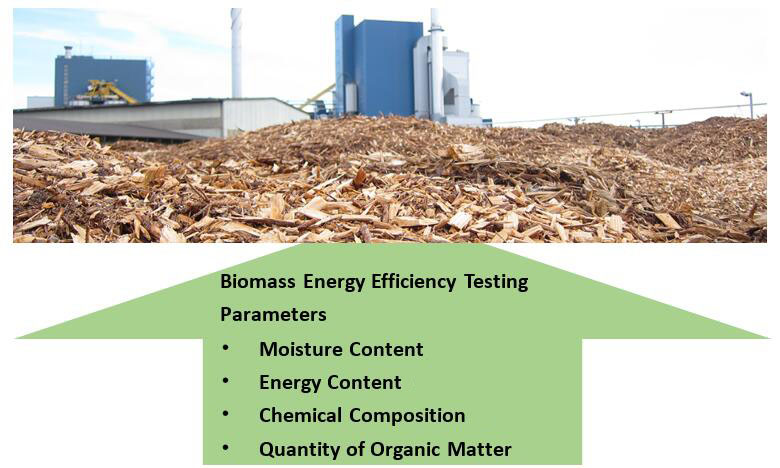The key features associated with biomass efficiency are its renewability and neutral CO2 impact. In other words, the carbon dioxide generated from the end use of its bioenergy, mainly combustion, is returned back to the biomass crops by photosynthesis, thus biomass is completely carbon neutral. Over the recent decades, the use of biomass energy has been paid more attention by people all over the world due mainly to the serious problems associated with conventional fossil fuel usages, such as their rapid depletion, effects on global warming and the environmental damages. Biomass energy has been used by humans for thousands of years and long before the fossil fuel era ever began. However, the use efficiency was extremely low at that time so that the methods previously used cannot meet the needs of production currently. With the rapid development of modern and advanced biomass energy utilization technology, the efficiency of biomass energy utilization has been greatly improved.
Lifeasible, as a global leader in biomass energy efficiency testing field, provides customers from academia and industry with robust biomass energy efficiency testing services.
The efficiency of biomass energy depends largely on the various thermochemical and biochemical methods used for its conversion into power, heat, transport fuels, and chemicals. A variety of important properties of a biomass feedstock, such as the moisture content, quantity of organic matter, energy content, and chemical composition, can determine its suitability for an efficient conversion process.
 Figure 1. The featured services of biomass energy efficiency testing at Lifeasible.
Figure 1. The featured services of biomass energy efficiency testing at Lifeasible.
Naturally, the moisture content of fresh biomass is typically quite high at around 50% for green wood, and 50-80% for green crops, such as sugar cane, rapeseed, and maize.
The effect of energy content on biomass energy efficiency depends on that the biomass energy is having low heating value (LHV) or high heating value (HHV). Generally, a dry feedstock would have a high heating value, whereas aquatic and wet waste biomass would have a lower heating value.
The organic part of biomass (e.g. carbon, oxygen, and hydrogen) is present in a wide variety of plants, wood, and crop species and could supply the energy for all chemical and biochemical conversion processes.
Our company will provide a comprehensive report of biomass energy efficiency for clients through detailed analyses of parameters described above. Moreover, our experts can help you perform technological innovation to reduce the total energy consumption in your business process to improve the efficiency of your biomass energy.
Thanks to decades of experience in biomass energy testing, we could provide you with tailored services to meet your diverse requests on biomass energy efficiency evaluation. Welcome to contact us for more information, it’s our honor to help you with your projects.
Lifeasible has established a one-stop service platform for plants. In addition to obtaining customized solutions for plant genetic engineering, customers can also conduct follow-up analysis and research on plants through our analysis platform. The analytical services we provide include but are not limited to the following:
Why Do Plants Blush When They Are Hungry?
April 26, 2024
STU-CRISPR System Improves Plant Genome Editing Efficiency
April 19, 2024